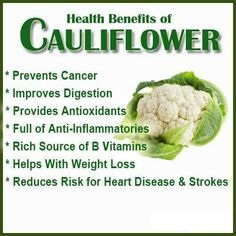What Is Lactose Free Milk?
 Real milk or milk substitutes? That is the question.
Real milk or milk substitutes? That is the question.
Real Milk:
Dairy milk contains lactose, a sugar which is a combination of two simpler sugars, glucose and galactose. Lactose needs to be broken down into the simpler sugars for the body to absorb it effectively. The enzyme lactase acts on lactose, breaking it into the simpler sugars.
For some people with problems producing lactose, and that often happens as they get older, the lactose is not processed and can cause various symptoms, including cramps and bloating.
To give their gastro-intestinal system a boost it is possible to get the lactase from supplements, or alternatively to drink and eat milk products that have had the enzyme lactase added. This means that they are real dairy milk products that have lactase added to aid in digestion for those who cannot easily absorb the lactose found in the milk.
It may not be necessary to completely remove dairy from your diet if the lactase enriched (lactose-free) products help relieve symptoms. In the situation where any trace of lactose causes symptoms of lactose intolerance, or indeed, if you have an allergy to lactose, the next option to consider will probably be the Milk Substitutes.
Milk Substitutes:
These are generally produced from a range of plant-based products, and are not really milk as such.
Because these are from different sources, they produce “milks” that vary in colour, taste and consistency. These differences mean that some are preferred by some people while others have different opinions about them.
Soy milk tends to be thicker in consistency than dairy, but some are put off by the beige colour, which is also the case with almond milk. Soy also has a nutty flavour. Rice milk on the other hand looks like milk (it is white), except that it is thinner than dairy. Almond milk, another popular substitute, also has the non-milk beige colour, and also has an, unexpected, almond flavour.
Other plant-based milks include oat, multigrain and potato. Checking out the long-life milk section of your supermarket shelves will give lots of options to choose from if looking to go completely lactose free.
Nutrition and Lactose Free
Dairy milk is high in calcium and other nutrients.
The lactose-free dairy milks will still have these essential ingredients, and may also be fortified with Vitamin D. When choosing a milk substitute it is advisable that you check the ingredients, as these will often include those that you may be missing out on by going non-dairy. The level of fortified minerals, vitamins and other nutrients should be noted, as these can vary from product to product.
Proteins, Cholesterol and fats will also be present in different amounts in the different types of lactose-free and substitute milks. Once again it will be a matter of reading the labels to determine if using a particular lactose-free option will require supplements or making sure that these are sourced from other foods.
Lactose Free Milk may make your life much better, and it is not necessarily going to mean that you will miss all of those foods that you once enjoyed. It’s a matter of taking control of what you eat, and choosing those foods that will make you feel good.

